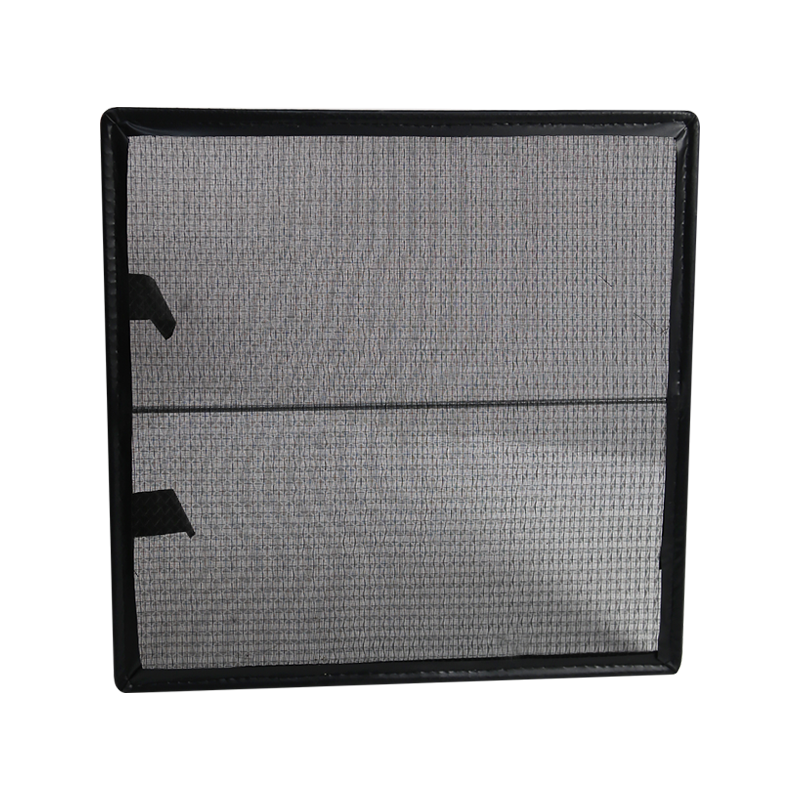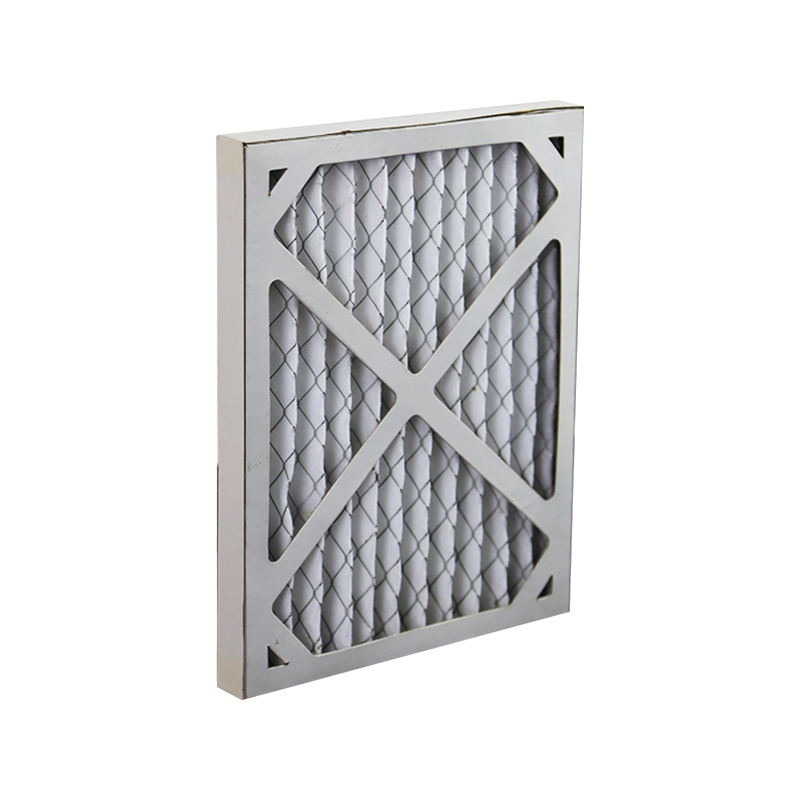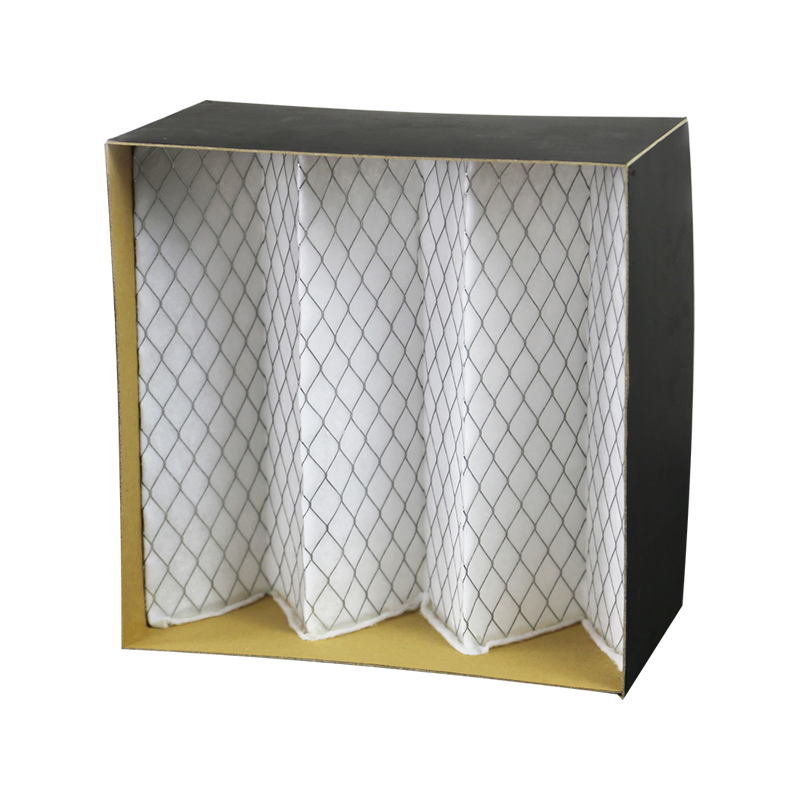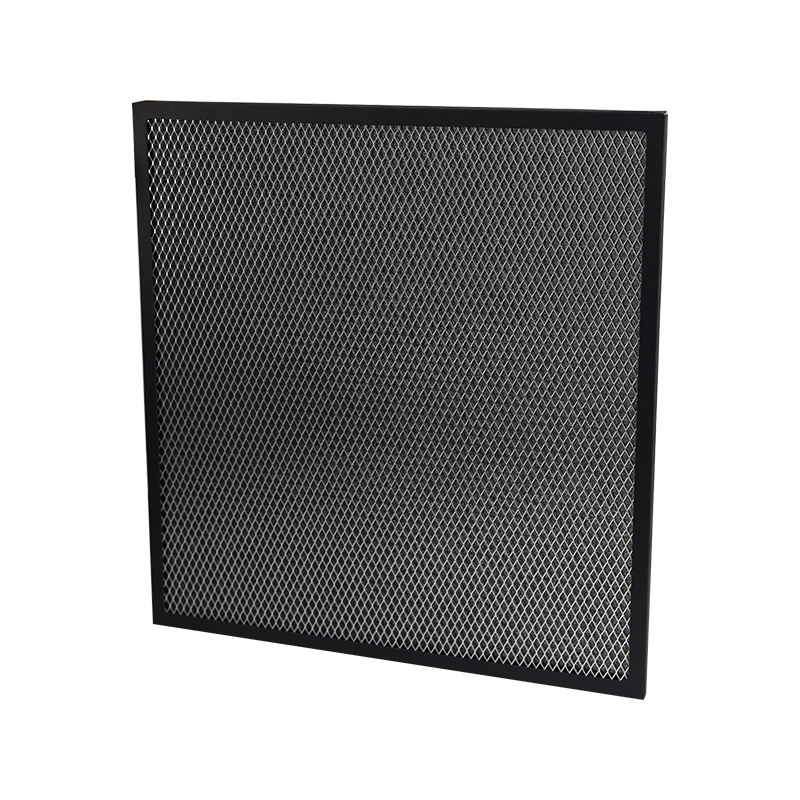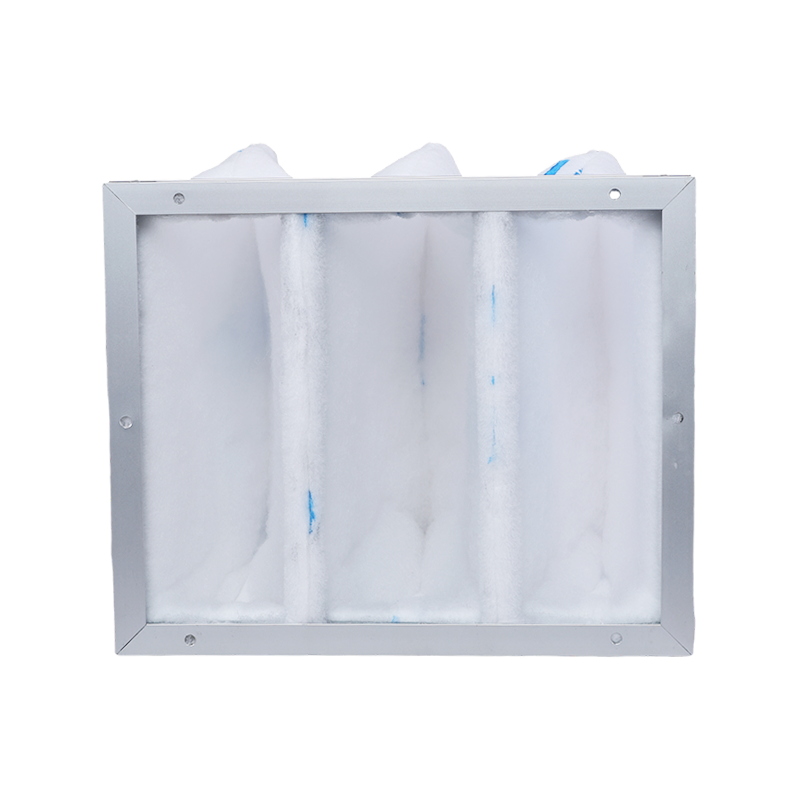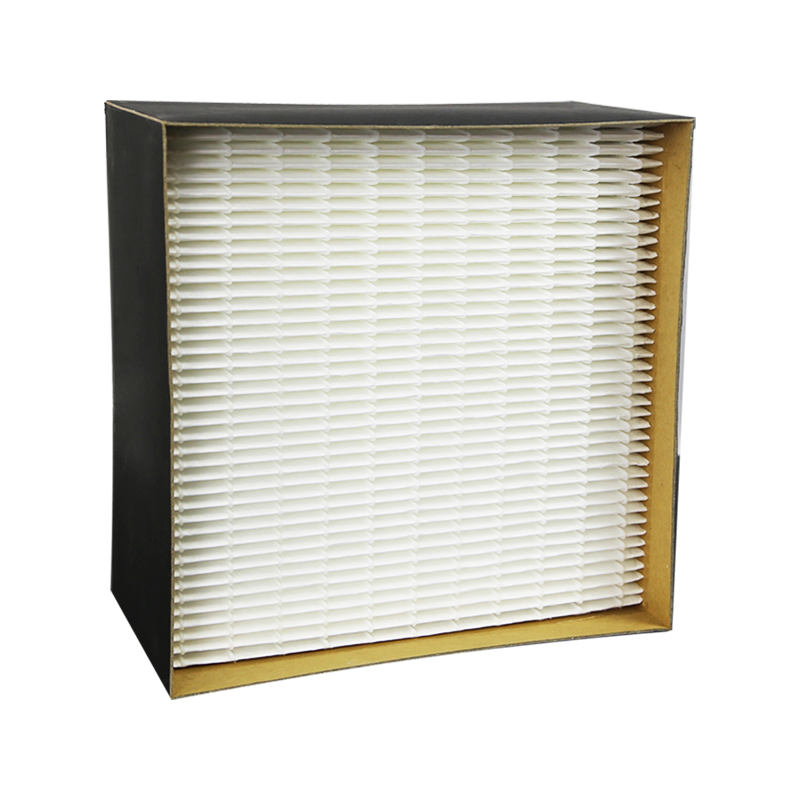From solutions to productions, we’re specialized in making the products you need.
News categories
Product categories
How Do Box HEPA Filters Deliver Cleaner Air in Homes, Offices, and Industry?
In an era where clean air is more valued than ever, filtration technology plays a critical role in protecting health and improving indoor environments. One filtration solution that has gained wide adoption across residential, commercial, and industrial settings is the Box HEPA filter. Known for their exceptional particletrapping efficiency, these filters are a goto choice in applications ranging from hospital cleanrooms to home air purifiers.
But what exactly are Box HEPA filters? How do they work, and why are they trusted in so many environments where air quality is nonnegotiable? Let’s explore their design, functions, applications, and maintenance requirements in depth.
1. What Is a Box HEPA Filter?
A Box HEPA filter is a highefficiency particulate air (HEPA) filter housed in a rigid, boxshaped frame. The box format offers:
Structural stability for highvolume airflow.
Easy installation in HVAC systems, cleanroom ceiling grids, or standalone filtration units.
Long service life compared to bag or panel filters.
HEPA stands for High Efficiency Particulate Air, and by definition, a HEPA filter must capture at least 99.97% of particles 0.3 microns in diameter—including dust, pollen, mold spores, and certain bacteria.
2. How Box HEPA Filters Work
Inside the box frame lies a pleated filter medium, usually made from:
Fiberglass microfibers
Synthetic polymer fibers
PTFE (Polytetrafluoroethylene) membranes for specialty applications
The filtration process relies on three main particle capture mechanisms:
1. Interception – Particles following the airflow path get trapped when they touch filter fibers.
2. Impaction – Larger particles deviate from the airstream and collide with fibers.
3. Diffusion – Ultrafine particles move erratically due to Brownian motion and eventually stick to fibers.
Unlike electrostatic filters, HEPA filters work purely through mechanical means, meaning their performance does not degrade as long as the filter remains intact and clean.
3. Advantages of the Box Design
Compared to other HEPA filter shapes, the box format offers:
Rigid Frame Support – Prevents deformation under high air pressure.
Uniform Airflow – The box shape allows air to pass evenly through the pleated medium.
Higher DustHolding Capacity – The pleated design inside the box provides more surface area for trapping particles.
Ease of Replacement – Standardized sizes make installation straightforward.
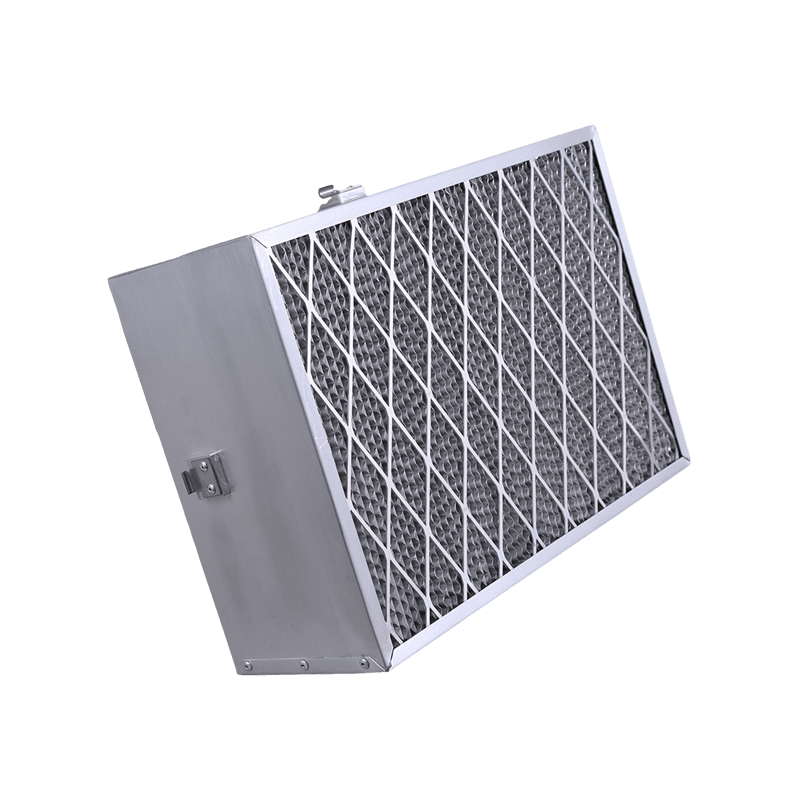
4. Applications of Box HEPA Filters
a) Residential Air Purifiers
Many home air purifiers incorporate box HEPA filters to remove allergens, pet dander, and fine dust.
b) Commercial Buildings
Offices, schools, and public spaces use them in central HVAC systems to improve indoor air quality.
c) Medical Facilities
Hospitals rely on box HEPA filters to prevent airborne pathogen transmission, especially in surgical theaters and isolation rooms.
d) Cleanrooms and Laboratories
HEPA filtration is essential in electronics manufacturing, pharmaceuticals, and research labs, where microscopic contamination can ruin products or experiments.
e) Industrial Environments
Factories use them to remove fine dust, smoke, or hazardous particles from production areas.
5. Performance Standards
Box HEPA filters must meet strict industry standards:
EN 1822 (Europe) – Classifies filters by efficiency against the most penetrating particle size.
ASHRAE 52.2 (USA) – Measures minimum efficiency reporting value (MERV).
ISO 29463 (International) – Based on EN 1822, standardizes test methods for HEPA and ULPA filters.
Typical efficiency ratings for HEPA filters:
H13 – ≥ 99.95% efficiency
H14 – ≥ 99.995% efficiency
6. Factors to Consider When Choosing a Box HEPA Filter
Airflow Capacity – Must match the system’s cubic feet per minute (CFM) requirements.
Pressure Drop – Lower resistance reduces energy consumption but must not compromise filtration.
Filter Media Type – Fiberglass for standard use; PTFE or synthetic fibers for moisture resistance.
Frame Material – Galvanized steel, aluminum, or MDF depending on environment.
Seal Design – Gasket or gel seal to prevent bypass leakage.
7. Maintenance and Replacement
While HEPA filters are longlasting, they eventually become clogged with trapped particles. Signs it’s time for replacement include:
Reduced airflow.
Increased energy consumption in HVAC systems.
Decreased air quality readings from particle sensors.
Replacement intervals vary:
Residential use – Every 6–12 months.
Commercial/industrial – Every 6–18 months, depending on contamination levels.
Cleanroom environments – As per strict monitoring protocols.
8. Environmental and Energy Considerations
HEPA filters are not typically washable (unless specifically designed as washable variants). Disposing of them responsibly is important:
Some regions require special disposal if filters contain hazardous particles.
Energyefficient HVAC design can offset the higher energy demands of pushing air through dense HEPA media.
9. Innovations in Box HEPA Filter Technology
Recent developments include:
Nanofiber Coatings – Improving capture efficiency without increasing airflow resistance.
Antimicrobial Treatments – Preventing bacterial growth on the filter surface.
Smart Monitoring Systems – Sensors that notify when replacement is needed.
Modular Designs – Allowing quick swapouts in highdemand environments.
10. Why Box HEPA Filters Are Here to Stay
The push for better indoor air quality is only growing stronger. With the rise of airborne disease awareness, environmental health regulations, and consumer demand for cleaner living spaces, box HEPA filters will remain an essential technology. Their high performance, reliability, and adaptability make them suitable for virtually any indoor space where air quality matters.
Conclusion
Box HEPA filters are much more than just “dust catchers.” They are precisionengineered barriers against microscopic pollutants that threaten human health, product quality, and equipment longevity. Whether safeguarding patients in a hospital, protecting sensitive microchips in a cleanroom, or simply giving you fresher air at home, these filters play a silent yet vital role in modern life.
In the quest for cleaner air, the Box HEPA filter stands as one of the most effective and dependable solutions available—quietly working behind the scenes to make every breath safer.
Why Is the Cylindrical Filter Cartridge Essential for Modern Filtration Systems?
Mini Pleated HEPA Air Filters: Compact Powerhouses for Cleaner, Healthier Indoor Air
related products
Copyright 2023 Nantong Henka Environment Solutions Co.,Ltd. All Rights Reserved


 English
English русский
русский Español
Español 简体中文
简体中文
